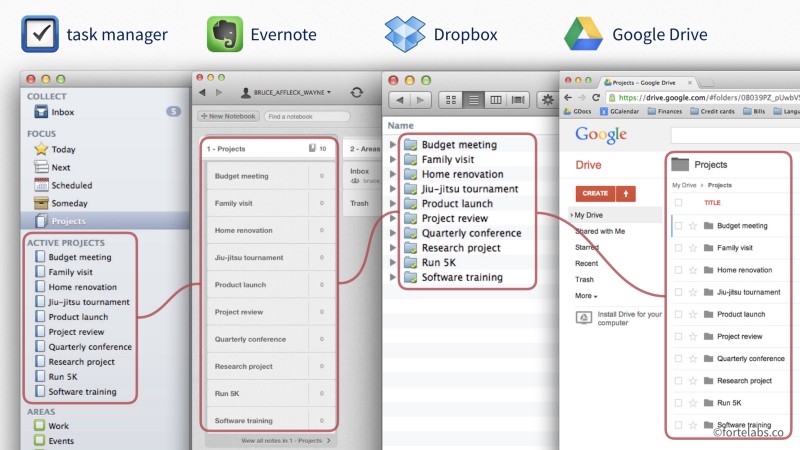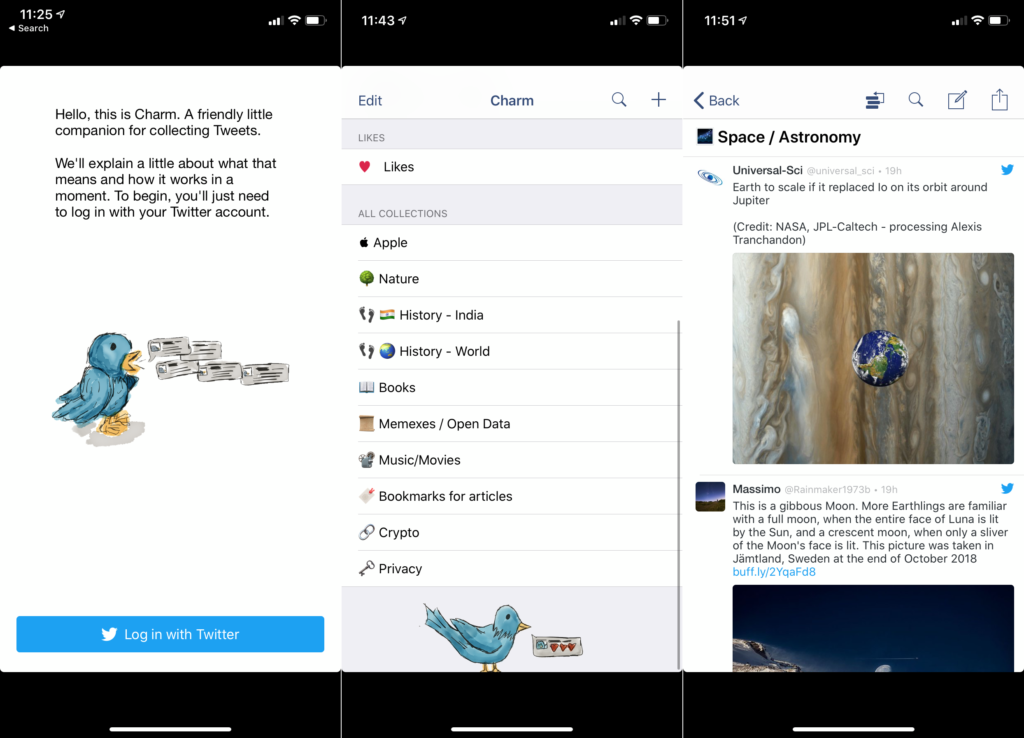The Indian government’s location-based coronavirus contact-tracing app has been used to identify potential future hotspots:
“The Aarogya Setu App alerted the government about more than 650 hotspots across the country and over 300 emerging hotspots which could have been missed otherwise. It gives accurate forecast of hotspots and it is also preventing the origin of newer hotspots. The engine has generated incredible insights and impact with precise projections of locality, direction and velocity of the spread of infection,”
Very encouraging. The NITI CEO also claims the app has seen extensive adoption, although nowhere close to universal, unrealistic in India:
69 million people have taken the self-assessment test, an adoption rate of more than 71 per cent, out of which, over 3.4 million people have self-declared themselves as unwell since they were showing one or more than three symptoms.
Incidentally, the ‘security issues‘ that an ethical hacker claims to have uncovered in the app should in fact be a feature in the app. He was able to set his location to an arbitrary point in India and, like any person who was actually at that location, retrieve an aggregate count of people unwell and infected in a radius around that point. Both out of curiosity as well as concern for my friend and (potentially elderly) family, I’d like to look up stats for locations other than my own.


